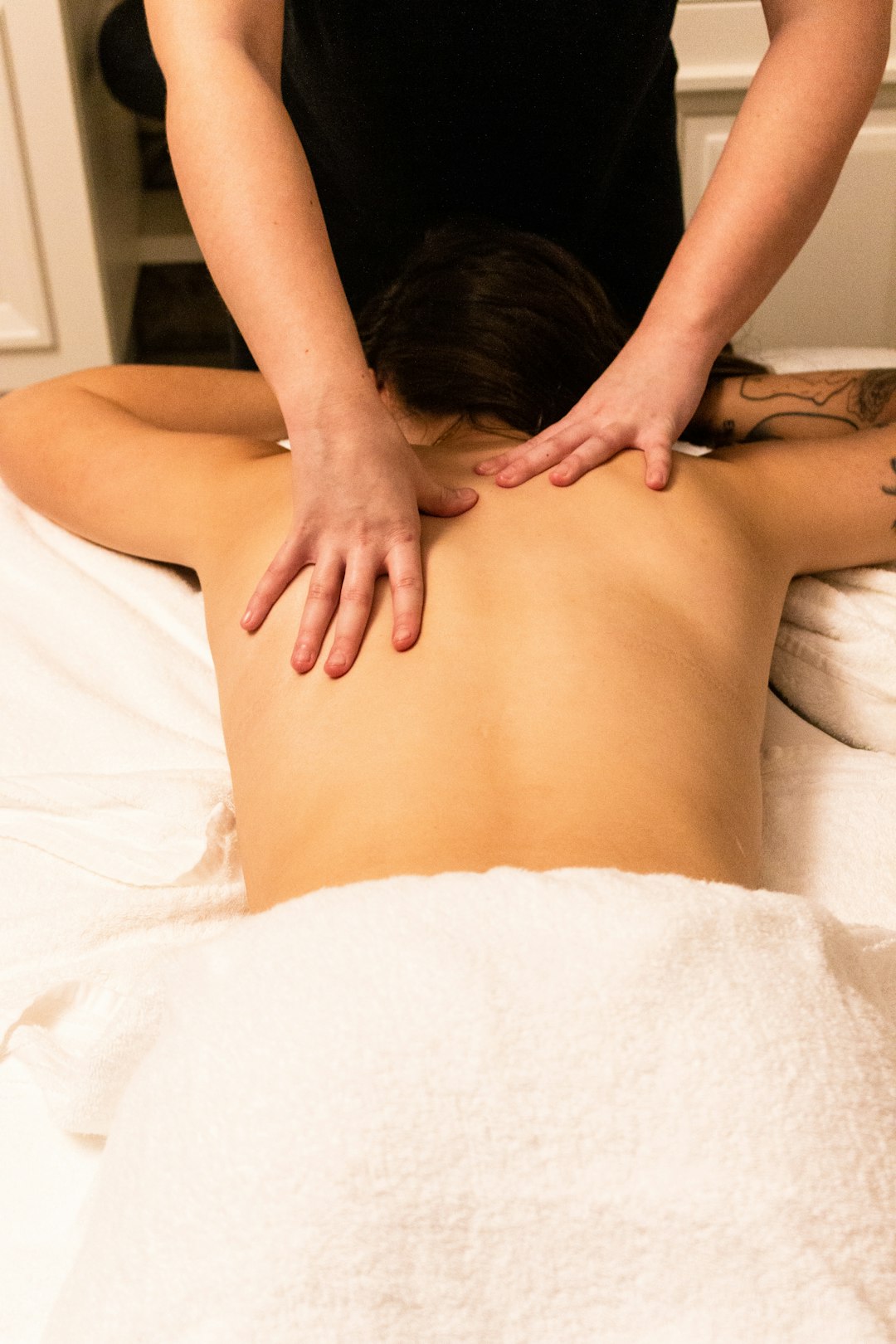Many people, particularly active adults, experience the pain of hip bursitis. It is the inflammation of a fluid-filled sac, called bursa, that is close to the hip joint. The bursa becomes more vulnerable to injury as one gets older, albeit it can happen at any age. You can have pain, swelling, and stiffness in your hip as a result of this, which might make it difficult for you to walk or move.
Fortunately, physical therapy for hip bursitis can help relieve discomfort, regain strength, and increase mobility. A licensed physiotherapist will first assess your ailment during physiotherapy sessions and then develop a tailored course of action. This might involve activities that improve flexibility, strengthen the hip muscles, and reduce pain. To help you recover, the physiotherapist may also suggest particular exercises and motions to do at home.
Physical therapy for hip bursitis may include ultrasound, ice, or heat therapy in addition to exercise. Ice packs can assist in minimizing discomfort and edema. Heat therapy, on the other hand, boosts blood flow and delivers essential nutrients for healing to the damaged hip. Ultrasound uses high-frequency sound waves to encourage tissue repair by stimulating deep tissues.
The best and least invasive method of treating hip bursitis is physical therapy. Don’t let hip bursitis prevent you from living your life to the fullest; get physiotherapy right away. With the aid of a skilled physiotherapist, you can reduce pain and restore mobility, enhancing your quality of life.





